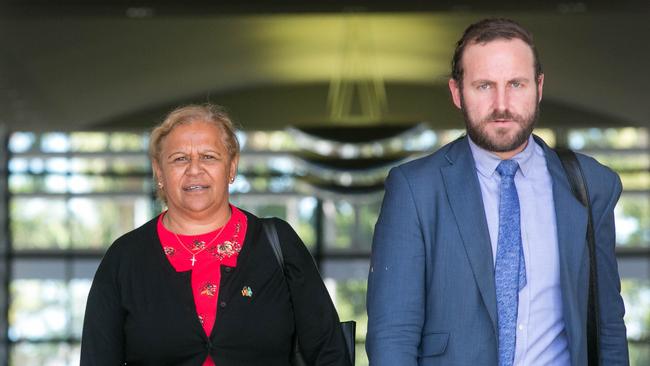ASIC identifies priorities to improve the financial outcomes of First Nations people
The corporate regulator has released its framework for improving financial outcomes for Indigenous Australians.

The corporate regulator has released its framework for improving financial outcomes for First Nations peoples, following three years of consultations.
ASIC’s Indigenous Financial Services Framework, published on Tuesday, outlines the key lessons the regulator developed through its discussions with groups including First Nations leaders, financial counsellors and Aboriginal and Torres Strait Islander communities and government.
The consultations, which began in the wake of the financial services royal commission, centred on Indigenous peoples’ access to and engagement with the financial system.
Through the process, the Australian Securities and Investments Commission identified four key elements that it will use to develop its priorities relating to First Nations consumers.
These were:
FIRST Nations peoples had unique, established economies before colonisation that continue today and should be understood, respected, and maintained;
INDIGENOUS peoples have been prohibited and excluded from participating in the Australian financial system;
THAT financial wellbeing affects all aspects of First Nations peoples’ lives;
AND that First Nations peoples have many different versions of financial success that need to be accepted and empowered.
The 2018 financial services royal commission exposed the challenges facing Indigenous customers, particularly those in remote areas, in accessing even the most basic financial services.
Many banks and super funds at the time had no processes for dealing with Indigenous customers in remote areas.
In some instances, these customers were unable to open bank accounts or access their superannuation, meaning they were locked out of the financial system which entrenched their disadvantage.
ASIC Indigenous Outreach Program policy analyst Nathan Boyle told the royal commission that banks often asked nonsensical questions of Indigenous customers, such as demanding street addresses where there were none. In one instance, a Cape York woman was asked to fly 800km to Cairns to replace a missing ATM card.
In another case, ANZ took four months to open a fee-free bank account for an unemployed Aboriginal woman who was worried about paying dishonour fees.
The royal commission heard how Indigenous people were targeted by companies selling dud insurance policies and high-interest loans.
Following the consultations with these communities, ASIC outlined some of the outcomes it will work towards in the coming years.
These include reducing the impact of harms and misconduct on individuals and communities; providing accessible and appropriate financial products and services; increasing holistic service provision and delivery; and establishing positive and culturally appropriate experiences when engaging with the financial services industry and other service providers.
“ASIC recognises the importance of ongoing, regular engagement with First Nations people. It is establishing timely and structured engagement streams to maintain and build on our learnings,” the regulator said.
“These will be used to influence ASIC’s stakeholders on key themes, emerging issues and challenges highlighted by First Nations consumers.”
Engagement streams going forward will include an Indigenous Advisory Group, a cross-government engagement group, and ongoing contact with the financial services industry, the regulator said.




To join the conversation, please log in. Don't have an account? Register
Join the conversation, you are commenting as Logout